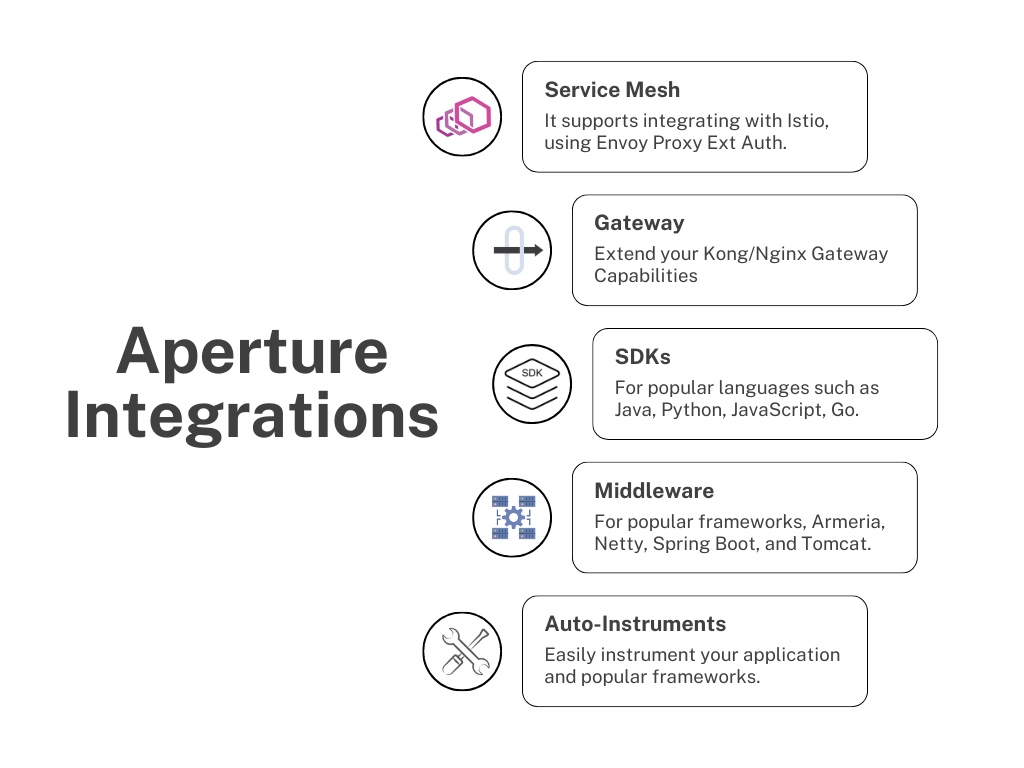San Francisco — FluxNinja is thrilled to announce the General Availability of its innovative open source tool, Aperture. This cutting-edge solution is designed to enable prioritized load shedding driven by observability and graceful degradation of non-critical services, effectively preventing total system collapse. Furthermore, Aperture intelligently auto-scales essential resources only when necessary, resulting in significant infrastructure cost savings.
Think of Aperture as the seat belt for your services, safeguarding them from spiraling into wildfires during cascading failures. While numerous tools on the market can monitor signals and identify incidents, Aperture stands out by offering an automated response to these events, streamlining the process for teams searching for a comprehensive reliability automation solution.
Intelligent load management can be achieved by strategically scheduling workloads according to priorities, maximizing user experience. For example, during resource constraints, a critical API like a payment portal can be prioritized over a non-critical API.
To attain precise control over your services, pre-defined or custom-built policies can be employed to respond to various situations. Finally, metrics gathered by Aperture can be visualized and analyzed using Grafana dashboards or through the commercial FluxNinja ARC offering, which provides advanced flow analytics and monitoring capabilities.
Aperture's Agents and Controller integrate seamlessly with your stack, providing flow control features like prioritized load-shedding and distributed rate limiting. The Controller monitors your SLOs, tracking golden signals like latency and error rate, and adjusts parameters like concurrency limits across all Agents through control system policies. This comprehensive approach ensures a resilient and efficient service infrastructure, even during escalated recovery actions like auto-scaling and feature degradation.
Aperture offers various seamless integration methods to suit your microservices' architecture. One option is to use Service Mesh, while alternatively, Aperture SDKs can be used to manually set feature Control Points within a service, with SDKs available in Go, Java, JavaScript, and Python.
Middleware is another approach where HTTP/gRPC interceptors are inserted for flow control decisions, with options like Armeria, Netty, Spring Boot, and Tomcat.
Lastly, API Gateway integration is possible for flow control of HTTP requests. The Aperture Custom plugin can be downloaded from the Aperture Release Page, and it can be executed within Kong or Nginx to extend its functionalities.

As an open source project, we encourage everyone to explore Aperture and experience its advantages, including intelligent load management, enhanced microservices' reliability, and ensuring an optimal user experience. By trying out the playground option and discovering its wide range of functionalities. If you're interested in a more comprehensive demo and want to discuss future steps, please don't hesitate to schedule a meeting by following this link.
We look forward to supporting your journey with Aperture and enhancing your service infrastructure. For more updates, follow us on LinkedIn, Twitter @FluxNinjaHQ and join us on our vibrant Discord community to discuss best practices, ask questions, and engage in insightful discussions with like-minded individuals.